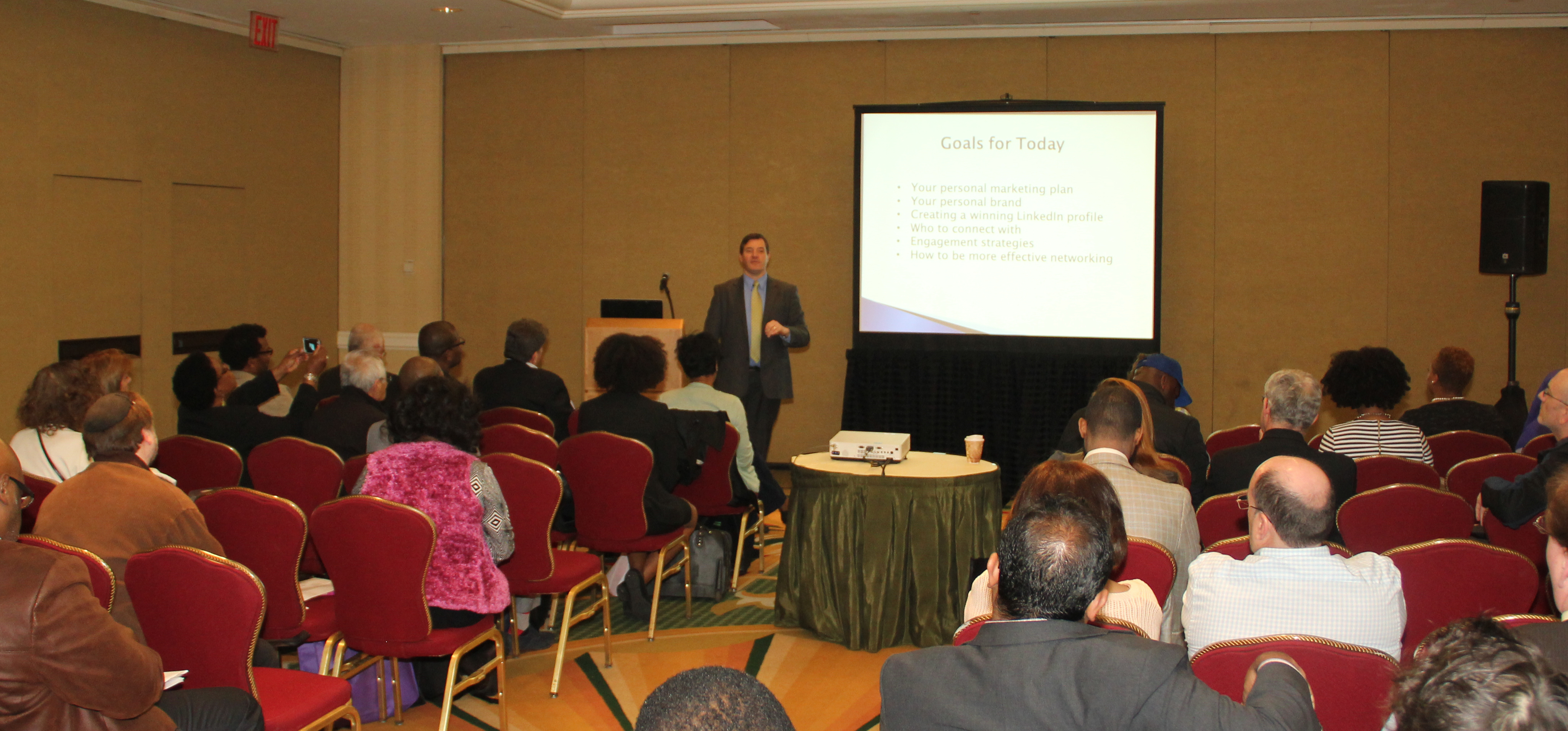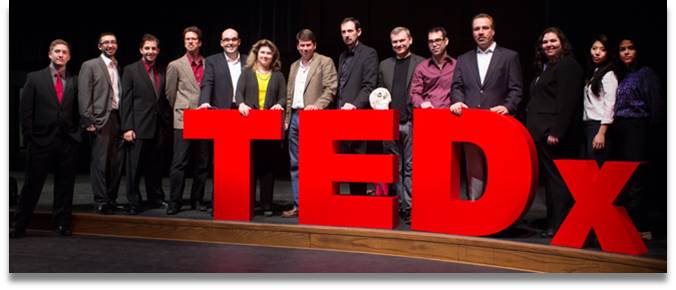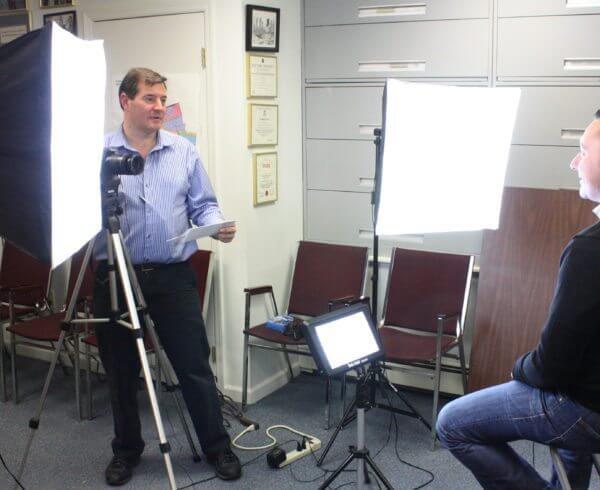We live in a time when it is not only important but it is critical that people grow their personal brands and connect with others to be successful. Whether you are an insurance salesperson, marketing director of a technology company or a member of the media, your personal brand and reputation must be built to garner attention and stand out from competitors.
Some people say that they don’t have any competitors. This is completely false. The reality is that we are all competing with each other for the attention and the time of others. It is a real challenge to get attention, even for just a few seconds. To secure the attention and interest of others we must put ourselves literally on stage and be prepared to say something of value. This is why public speaking is so important. Speaking allows you to present your point of view and knowledge directly to people. As a speaker you have the perfect opportunity to build your reputation as an expert and giver. The audience is giving you the gift of their time and you must make the most of this.
I recognize that public speaking does not come naturally for everyone. However, becoming a good and memorable public speaker starts with acknowledging that it is all about the audience. Audiences have expectations and they want to learn from speakers.
Where do you start?
Examine your talents and expertise and use this to develop presentations and talks that will inform audiences and attract interest in your brand. Think about your audiences and what they are looking for. Do they have business challenges? Do they need assistance improving their health? Are they faced with financial challenges or are they simply looking to gain motivation? When you know what information your audience is interested in you can create presentations to address their needs and solve their challenges. The execution of the presentation is something that you can practice and perfect over time.
Practice and Learn
The classes I took in college have been a good foundation for me as a public speaker. There are plenty of books, blogs, websites, videos and training programs that can help you to become a better speaker. (See the list of resources below.) Watch TED Talks, comedians, motivational speakers or even politicians to see how they present and interact with audiences. Invest the time in educating yourself and then start to practice. Practice in front of the mirror, video tape yourself or even practice in front of friends and family. Ask for feedback including criticism and praise.
Body Language
Understanding body language is an important part of public speaking. Standing up straight, how you use your hands, your movement on the stage and how you make eye contact with people are all critical. Do some research on body language to see how you can enhance your image on stage. Here are a few quick movement and body language tips.
Podium
Don’t stand behind a podium, this creates a barrier between you and the audience. Barriers limit the ability of a speaker to build trust and interact. In some instances a podium may be needed but it should not be an anchor, don’t be afraid to move.
Hands on the hips
Hands on the hips, the “Superman pose.” This is a power pose and when it is used it imparts confidence and command. Used periodically it can help to project power and knowledge.
Touching Fingertips
Touching fingertips of both hands together at the same time. This action projects to audiences that you are thoughtful and knowledgeable on the topic that you are speaking about.
Arms Crossed
On the negative side, crossed arms shows a defensive posture. It projects that a person is not informed or does not know the answer to a question.
Movement
Movement keeps attention but too much movement can be distracting. It is important that when making strong points during your presentation that you stop and make them then move on. At the beginning of a presentation, when you are defining what you will discuss, it is a good idea to do this from one standing position. Again, this helps to get the audience to focus on what you are saying and what you will be covering.
Confidence
Being confident on stage is necessary to really connect with audiences. If you are shy or introverted but want to speak to grow your brand consider getting involved in the leadership of organizations. Leaders are expected to speak at meetings and groups. This process starts slowly and if you become the president or leader of a group you then have the spotlight and the stage. This will build confidence and gives you practice.
Appearance
Humans are visual animals. As public speakers we need to recognize that how we dress and how we look is an important part of our presentation. Wear the appropriate outfit for the audience. A three piece suit may not be the best outfit for a group of millennials looking for advice for their tech careers but it may be perfect for a group of young lawyers. Know your audience and dress up or down as needed. Some individuals like to develop a look or style of their own. This is a great concept. Some people like hats, accent colors (I know one speaker who always wears red sneakers) or a specific kind of clothing (Steve Jobs always wore black turtlenecks). Your look is critical and you must take is seriously. Check your teeth, hair and clothes in the mirror before you step out on stage.
To stand out and grow your brand it is necessary to remember that public speaking is a powerful tool. When you are at the front of a room you capture the attention of people who see you as the person with expertise and knowledge. They have given you a gift of their time, don’t squander it. Remember that you are there to share and give. Think of the audience first and then your goals.
My next blog will provide some additional techniques and strategies for preparing for speaking engagements. These are some additional resources.
Dale Carnegie – www.dalecarnegie.com
Toastmasters – www.toastmasters.org
TEDTalks – www.ted.com














Leave a Comment